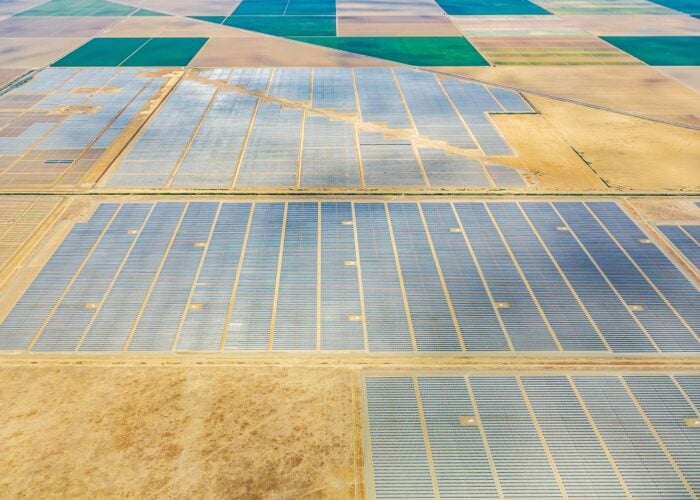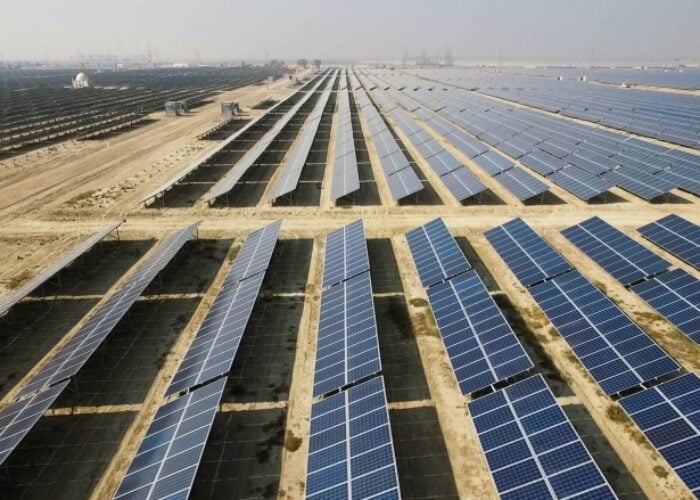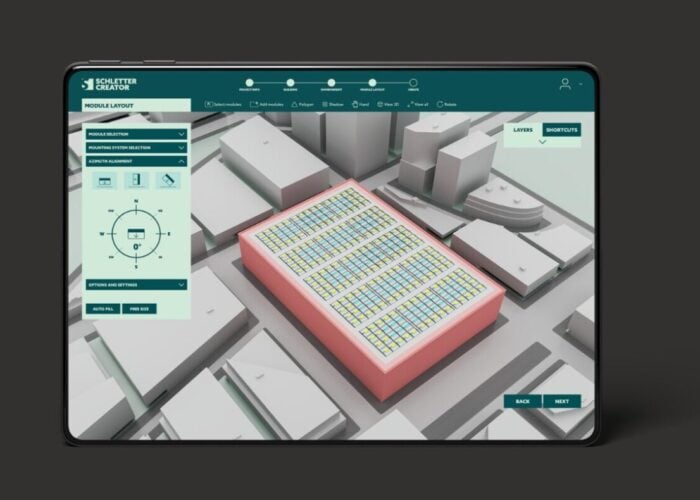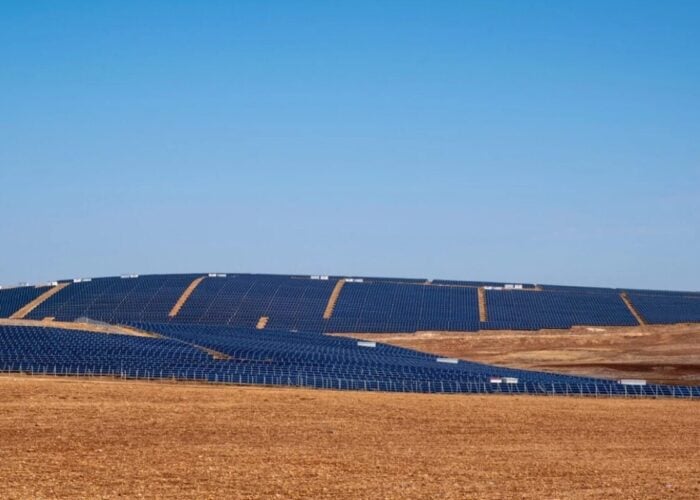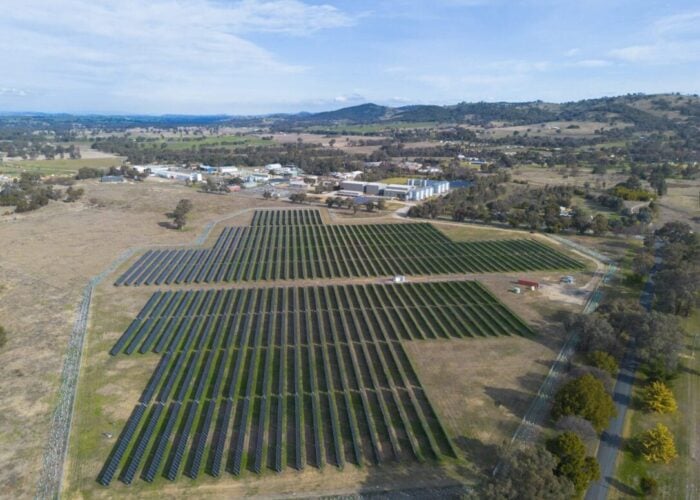
Climate change is reshaping the solar energy industry, introducing new uncertainties in solar resource availability worldwide. Extreme weather has become more frequent, affecting the regional patterns of solar radiation. PV developers and investors must adapt their strategies to ensure project resilience, operational efficiency and financial stability.
Understanding year-on-year solar radiation variability is critical for optimising project design, financial modelling and efficient operation. To manage the challenge, the industry must work with extensive archives of high-resolution and high-quality solar and meteorological data. With the right datasets and methodologies, solar professionals can mitigate risks and optimise PV performance in the face of a changing climate.
Unlock unlimited access for 12 whole months of distinctive global analysis
Photovoltaics International is now included.
- Regular insight and analysis of the industry’s biggest developments
- In-depth interviews with the industry’s leading figures
- Unlimited digital access to the PV Tech Power journal catalogue
- Unlimited digital access to the Photovoltaics International journal catalogue
- Access to more than 1,000 technical papers
- Discounts on Solar Media’s portfolio of events, in-person and virtual
Or continue reading this article for free
How climate change patterns affect PV project feasibility
Climate trends vary by region. While some regions experience significant changes, others remain relatively stable. Historically, solar project development has relied on long-term solar resource assessments. However, climate change is introducing a new ’type’ of variability, altering solar radiation patterns in different regions.
Unlike short-term (intra-hourly) and long-term (interannual) variability, which occur naturally due to atmospheric and hydrological cycles, climate change represents a trend that disrupts or emphasises extremes in these cycles, making historical weather patterns and their occurrence less reliable for future projections.
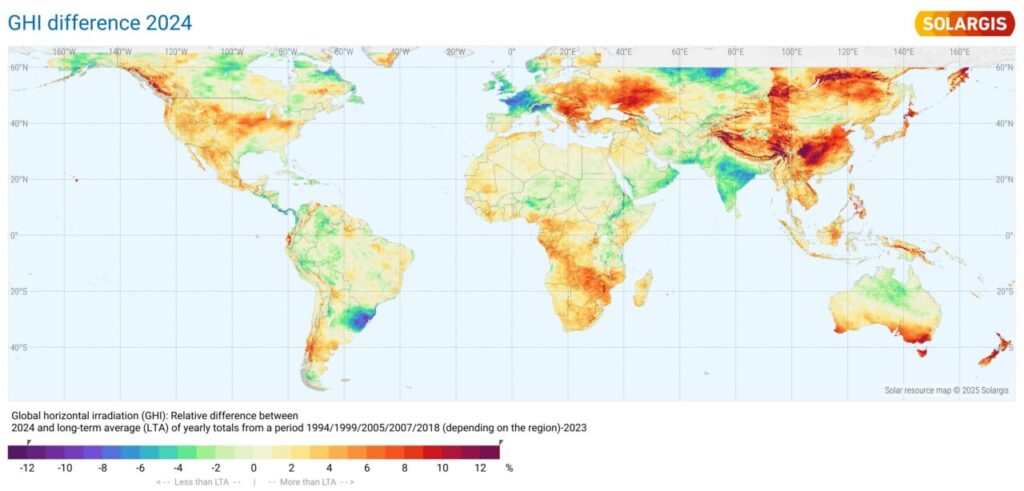
Year over year, we observe deviations in solar radiation from the long-term average, in various regions worldwide. The map above illustrates the 2024 difference in Global Horizontal Irradiation (GHI) compared to the long-term averages, revealing distinct regional patterns:
- Areas with increased solar radiation (orange-red colours) were experiencing reduced cloud cover, longer dry seasons or changes in atmospheric composition.
- Areas with reduced solar radiation (blue-green colours) were affected by increased cloud cover, aerosols or pollution.
However, we cannot make accurate assessments or long-term estimates by studying data from a single year. Each year follows different patterns, offering insights that are unique to that specific period and region.
To differentiate between natural fluctuations and climate trends, it is essential to analyse historical datasets spanning multiple years, ideally decades. While we do not fully understand the effects of climate change, studying long-term solar and meteorological data provides invaluable insights.
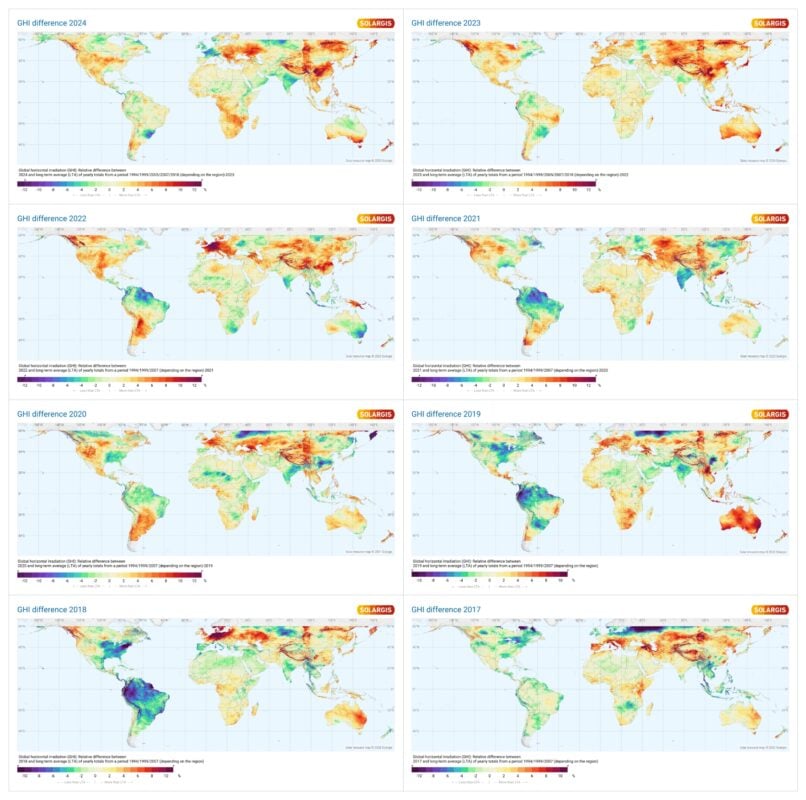
For example, here are GHI difference world maps for the years 2017–2024. The maps above clearly illustrate how solar radiation fluctuates from year to year, region by region.
Generally, the more data we have – and the higher its quality – the better we can detect climate trends. Using more than 30 years of high-resolution data provides a much clearer understanding of regional climate trends than relying solely on the data from the last couple of years. Developers must go beyond historical averages and analyse real-world fluctuations and extremes to design photovoltaic projects that remain financially sustainable in the long run.
High-quality data for more effective due diligence
For investors, a solar project’s financial viability depends on the reliable prediction of energy performance. However, many financial models still rely on Typical Meteorological Year (TMY) data, which presents long-term averages rather than real-world variability.
TMY datasets do not account for interannual variability, meaning financial models fail to incorporate year-to-year fluctuations in solar radiation and weather. This often leads to unrealistic revenue projections and higher investment risks.
Since climate trends are small signals embedded in large datasets, only high-quality, harmonised data can accurately capture these subtle changes. To ensure reliability, this requires rigorous data modelling approaches and extensive validation worldwide.
A common misconception in the PV industry is that data representing the most recent years provide a more accurate representation of current climate conditions. We observe the temptation to consider only the most recent ten to 15 years in the historical analysis. This is a big mistake; relying solely on data from recent years leads to misleading conclusions.
For instance, datasets representing only a short period may offer false signals overrepresenting weather patterns and skewing long-term projections. Also, since TMY and long-term averages (LTA) do not capture extreme weather events, these simplified datasets lead to the overestimation of energy yield predictions and potential revenue losses.
TMY data smooths out variability, failing to capture extreme weather events, and this can significantly impact performance calculation and revenue.
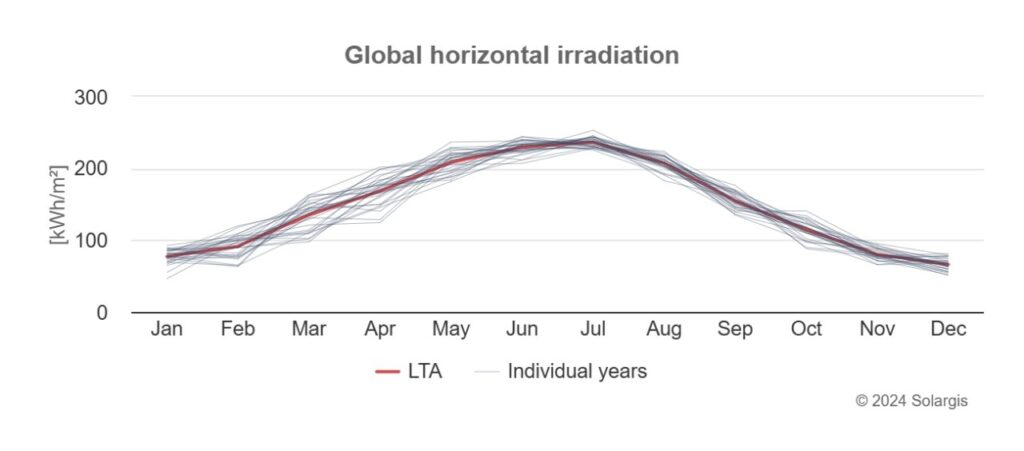
Instead, high-resolution time series data, spanning more than 30 years at one to 15-minute resolution, offers the most realistic picture of future PV performance. Time series captures year-over-year fluctuations, enabling better risk assessment and more robust power plant designs. Using sub-hourly datasets is the only way for the solar industry to avoid surprises.
By shifting from TMY datasets to high-resolution time series data, solar developers and investors can future-proof projects against climate risks and financial uncertainties.
Data-driven solar development in a changing climate
Long-term, rigorously validated datasets are crucial for accurate long-term solar performance estimates and climate-adaptive project development. The solar industry must embrace data-driven decision-making to build more resilient and financially secure projects.
Without access to high-resolution historical data, developers risk misjudging future climate conditions—potentially leading to underperformance, financial losses and missed opportunities.
By leveraging the longest possible historical datasets and high-quality time series data, solar professionals can distinguish between natural weather variability and long-term climate trends. This approach ensures more accurate long-term predictions, long-lasting project resilience, optimised PV performance and better financial outcomes in an increasingly unpredictable climate landscape.

